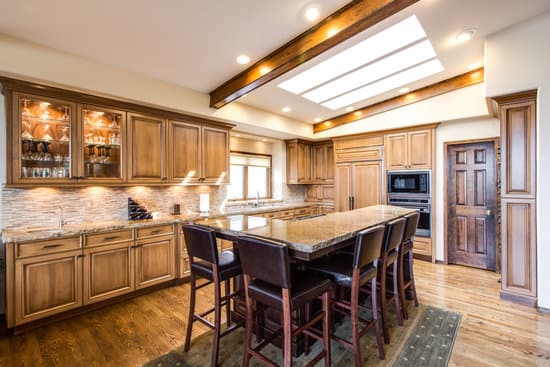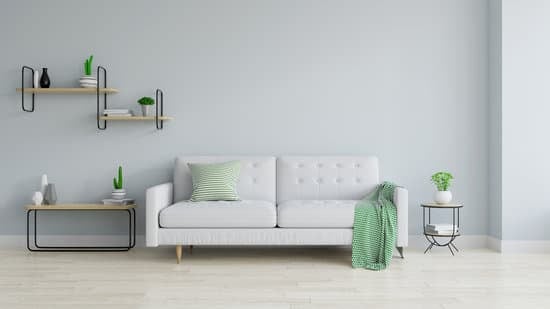Creating a Zen Room to Find Inner Peace and Calm
Have you been feeling stressed or overwhelmed lately? Is it time to take a step back and find some inner peace and calm? One way to do this is to create a Zen room – a space where you can practice meditation and mindfulness, and feel instantly relaxed. So, what makes a room feel Zen? Let’s discover some ideas for creating the perfect meditation room.Let the Natural Light In: Sunshine is Key to a Zen Room
The first thing to consider when creating a Zen room is natural light. Natural light can help you unwind and feel more relaxed, promoting feelings of wellbeing and positivity. So, make sure to let the sunshine in by choosing light, airy curtains or blinds that allow for maximum natural light. If you have limited access to natural light, consider artificial lighting that mimics natural light, such as a daylight bulb.Bring in the Outdoors: Natural Elements for a Grounded Space
Nature is one of the most calming forces, so bringing natural elements into your meditation room can enhance your experience and promote a sense of grounding. For example, you could add plants, natural wood elements like a floating shelf, a room divider that is made of bamboo, and stones or rocks. Not only do these elements make the space feel more tranquil, but they also serve as a reminder to practice mindfulness and appreciate the simple things in life.Go Neutral: Create a Serene Atmosphere with Muted Colors
When it comes to color scheme, it’s important to choose serene and muted hues that evoke feelings of calm and relaxation. A neutral color palette consisting of shades like white, beige, grey, and soft pastels can help create a Zen ambiance. Bright colors can be distracting and overwhelming, taking away from the overall atmosphere you are trying to create. Make sure to choose shades that you find calming and that resonate with you.- Soft white walls, with accents on the same color family
- Use wood and other natural elements in a natural stained wood finish or neutral paint colors
- Have some earth tones or muted jewel tones in accent pieces for pops of muted color.




















